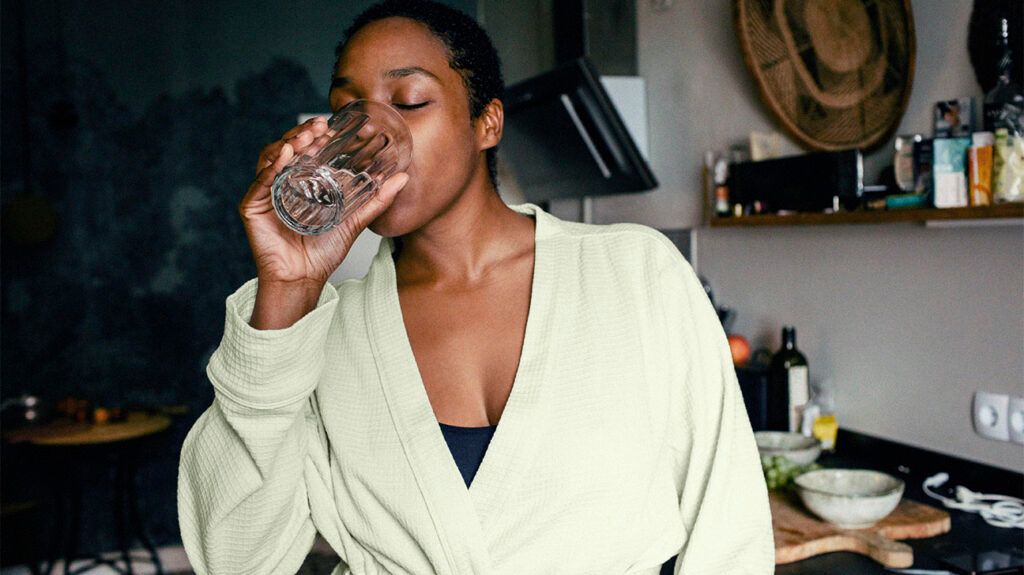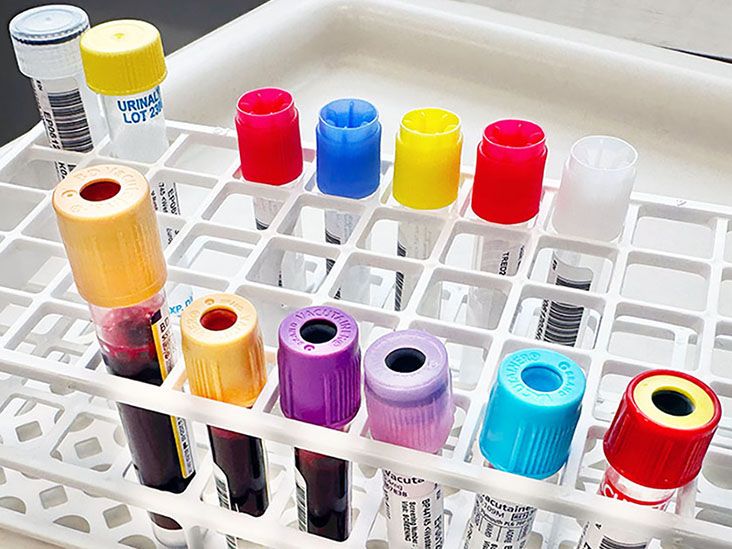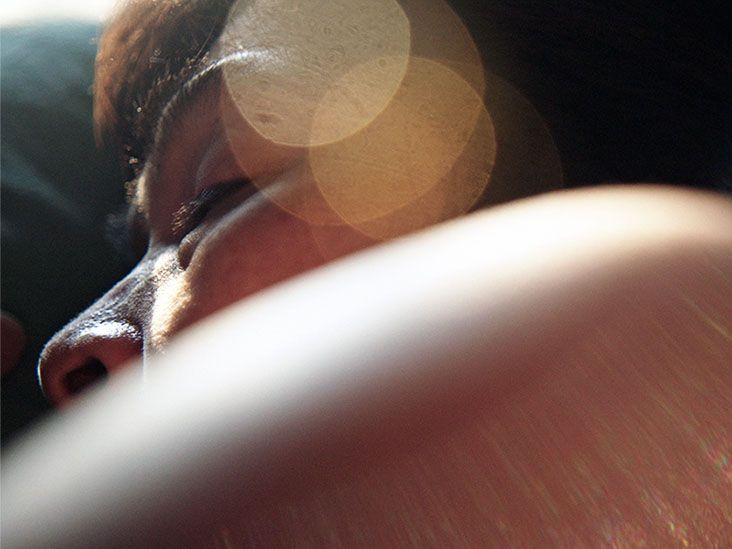Treatment for interstitial cystitis, or bladder pain syndrome (IC/BPS), includes lifestyle changes such as avoiding certain foods and managing stress. A doctor may also suggest medications, bladder training, and bladder procedures.
People with IC/BPS may also benefit from supportive therapies such as electrical nerve stimulation, physical therapy, and acupuncture.
As a last resort, a person may need surgery.

The following lifestyle strategies may ease the symptoms of IC/BPS.
Dietary changes
Dietary changes can help relieve symptoms of IC/BPS. Some foods and drinks can worsen or cause an IC/BPS flare-up.
Although dietary triggers differ from person to person, the
- coffee
- black tea
- soda
- alcohol
- citrus juices, such as orange juice and grapefruit juice
- spicy foods
- chocolate
- acidic foods, such as tomatoes
- monosodium glutamate (MSG)
- carbonated drinks
Staying hydrated may also help people manage the symptoms.
Learn moreLearn more about interstitial cystitis and diet:
Stress management
Chronic stress is present in
To help manage stress, a person can try methods such as:
- exercising regularly
- taking warm baths
- practicing mindfulness-based techniques such as breathing exercises and meditation
Other lifestyle changes
The NIDDK also recommends the following lifestyle changes:
- quitting smoking, if applicable
- being physically active
- building a support system
Bladder training can
- helping the bladder hold more urine
- reducing pain
- reducing the sense of urgency to urinate
The
A person can try the following tips:
- Go to the bathroom at regular intervals.
- Avoid going to the bathroom “just in case,” as going too often can make symptoms worse.
- Avoid going to the bathroom immediately every time they experience a strong urge.
- Slowly, and with the guidance of a healthcare professional, increase the time between emptying the bladder.
A person
A doctor may also prescribe:
- pertosan polysulfate sodium (Elmiron) to repair the lining of the bladder and reduce pain
- tolterodine, mirabegron, or solifenacin to reduce the urgency to urinate
- an antidepressant, such as amitriptyline, to relieve nerve pain and reduce the frequency of urination
- anti-inflammatory medications
- antispasmodic medications
- antihistamines such as cimetidine and hydroxyzine
- muscle relaxants
A healthcare professional may perform bladder instillation, bladder hydrodistention, or Botox injections.
Bladder instillation
Bladder instillation, also known as bladder wash, involves inserting a catheter into the bladder and slowly adding liquid medications.
One liquid medication that doctors
Other medications they may administer include:
- lignocaine, which is a local anesthetic
- a mixture of steroids, heparin, and sodium bicarbonate
- antibiotics
- chondroitin sulphate and hyaluronic acid
A healthcare professional will be able to provide information on how often a person will need bladder instillations.
Bladder hydrodistention
Similarly to bladder instillation, bladder hydrodistention involves using water to stretch the bladder. A healthcare team will give a person anesthesia and then fill the bladder with water.
Bladder hydrodistention
Botox
If a person’s symptoms do not go away after they have tried other treatment options, a healthcare professional may suggest injecting Botox directly into the bladder. This aims to block the nerves in the bladder, reducing spasms in the pelvic floor muscles.
While the Food and Drug Administration (FDA) has not approved Botox as a treatment option for IC/BPS, the American Urological Association recommends Botox injections when other options have not worked.
A healthcare professional may recommend the following supportive therapies.
Electrical nerve stimulation
A person may be able to ease the symptoms of IC/BPS by stimulating the nerves with a transcutaneous electrical nerve stimulation (TENS) device.
TENS involves wearing an external device that sends electrical impulses into the body. It may help relieve pain associated with IC/BPS.
Acupuncture
Acupuncture may help reduce pain associated with IC/BPS.
In a
They found that both types of acupuncture improved pain scores but that electro-acupuncture may be more beneficial. However, this study was quite small, and further research is necessary.
Physical therapy
A physical therapist who specializes in pelvic floor conditions can help a person learn how to stretch and relax the pelvic floor muscles to ease spasms.
It is important that people with IC/BPS
If other treatments do not work, a person may need surgery or other procedures to ease the symptoms of IC/BPS.
The FDA has approved a few surgically implanted devices that send electrical impulses to the sacral nerves, which influence the bladder and the surrounding muscles.
One type of IC/BPS can result from the development of painful ulcers on the bladder wall (Hunners ulcers). A healthcare professional
In very rare cases, as a last resort, a healthcare professional may recommend a cystectomy, which is a procedure to remove the bladder. In these cases, the surgeon will create an alternative way for urine to exit the body.
What makes IC/BPS worse?
Certain foods and drinks, such as citrus fruits and alcohol, may worsen or trigger symptoms of IC/BPS. Flare-ups can also develop due to tight clothing, sexual activity, and travel.
How can I soothe an IC/BPS flare-up?
To soothe an IC/BPS flare-up, a person can try the following strategies:
- Make sure to stay hydrated.
- Place a cold pack, heating pad, or hot water bottle on the perineum, which is the area between the vagina and anus.
- Take a sitz bath.
- Drink a glass of water containing 1 teaspoon of baking soda.
- Take over-the-counter pain medications and prescribed medications.
What is the best treatment for IC/BPS?
There is no best treatment for IC/BPS. However, a person can ease the symptoms by taking pain relievers and any prescribed medications and avoiding dietary triggers. Bladder training may also help.
Is it possible to cure IC/BPS?
IC/BPS is a chronic condition that does not have a cure. However, a person can take steps to manage the symptoms and avoid flare-ups.
At first, a doctor may recommend lifestyle strategies to treat IC/BPS. These may include avoiding certain foods, managing stress, staying hydrated, and quitting smoking. Bladder training can help reduce the frequency of bathroom visits.
In addition to these changes, a doctor may prescribe medications to ease pain, reduce inflammation, and reduce the need to urinate. Medical procedures such as bladder instillation and hydrodistention can also help.
If these treatments do not work, a person may need surgery.


